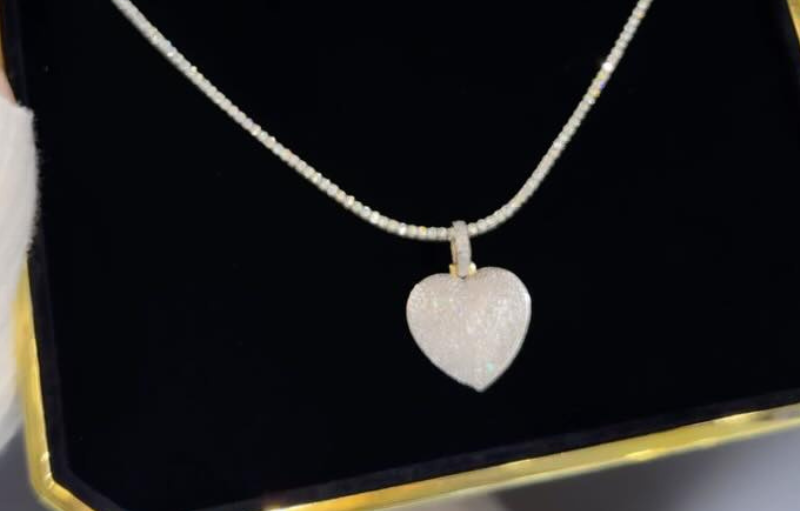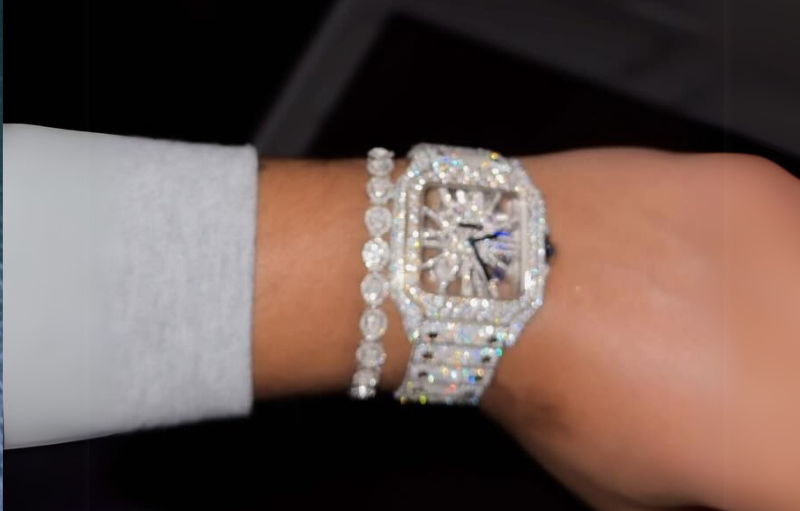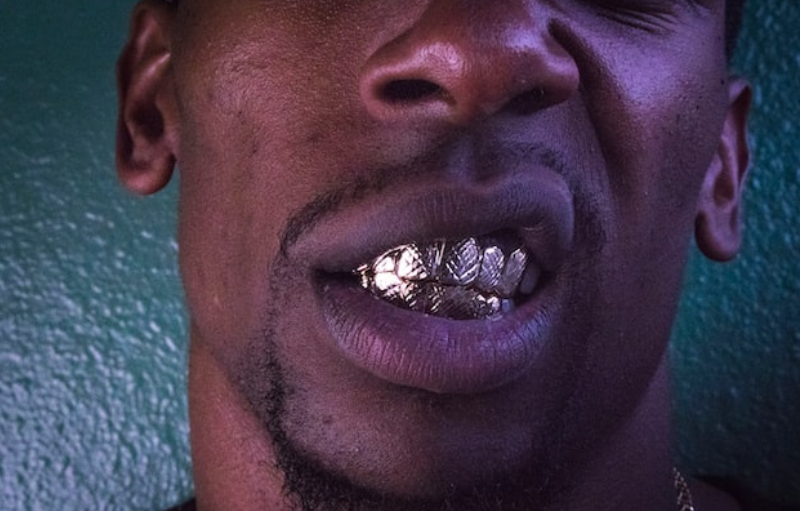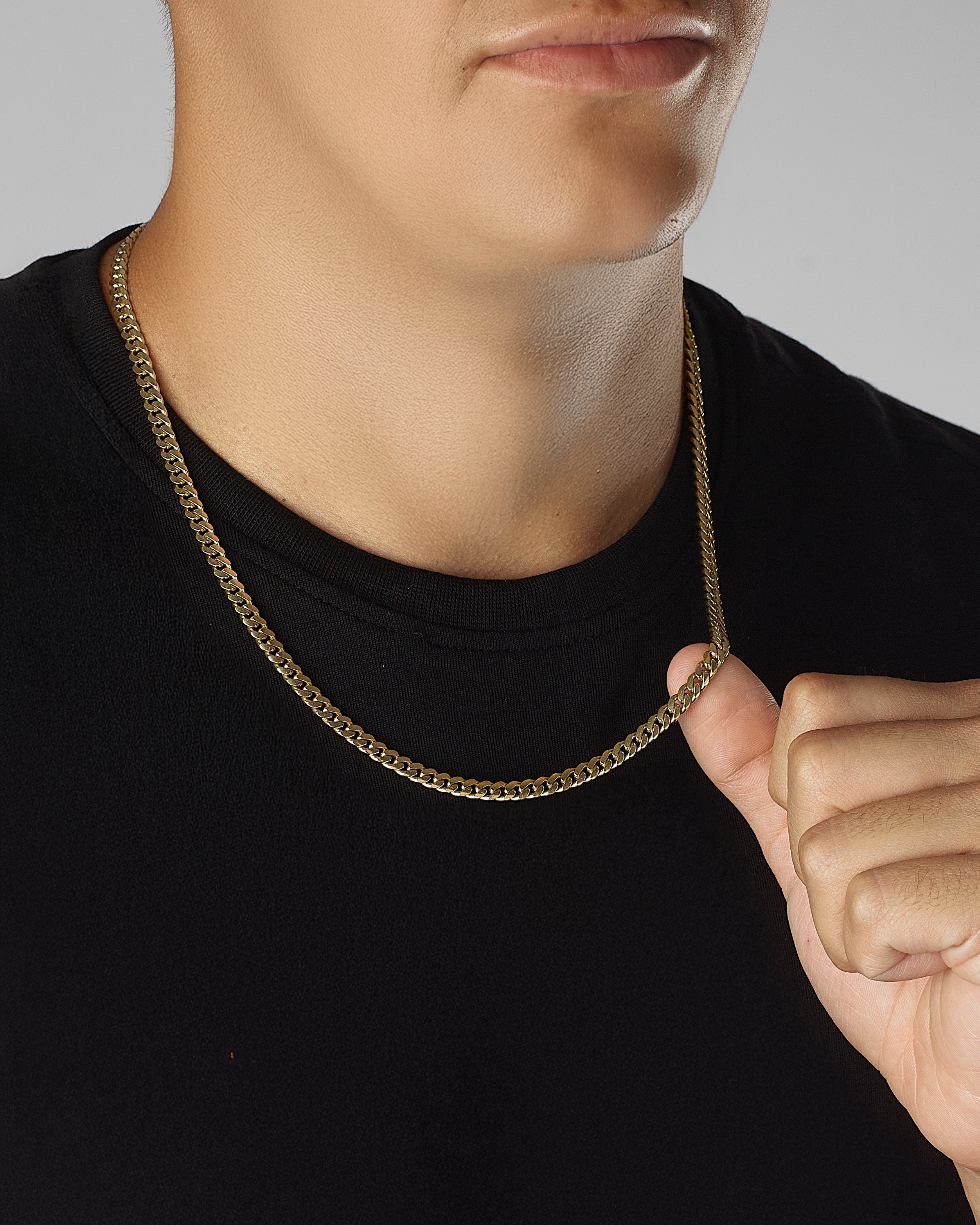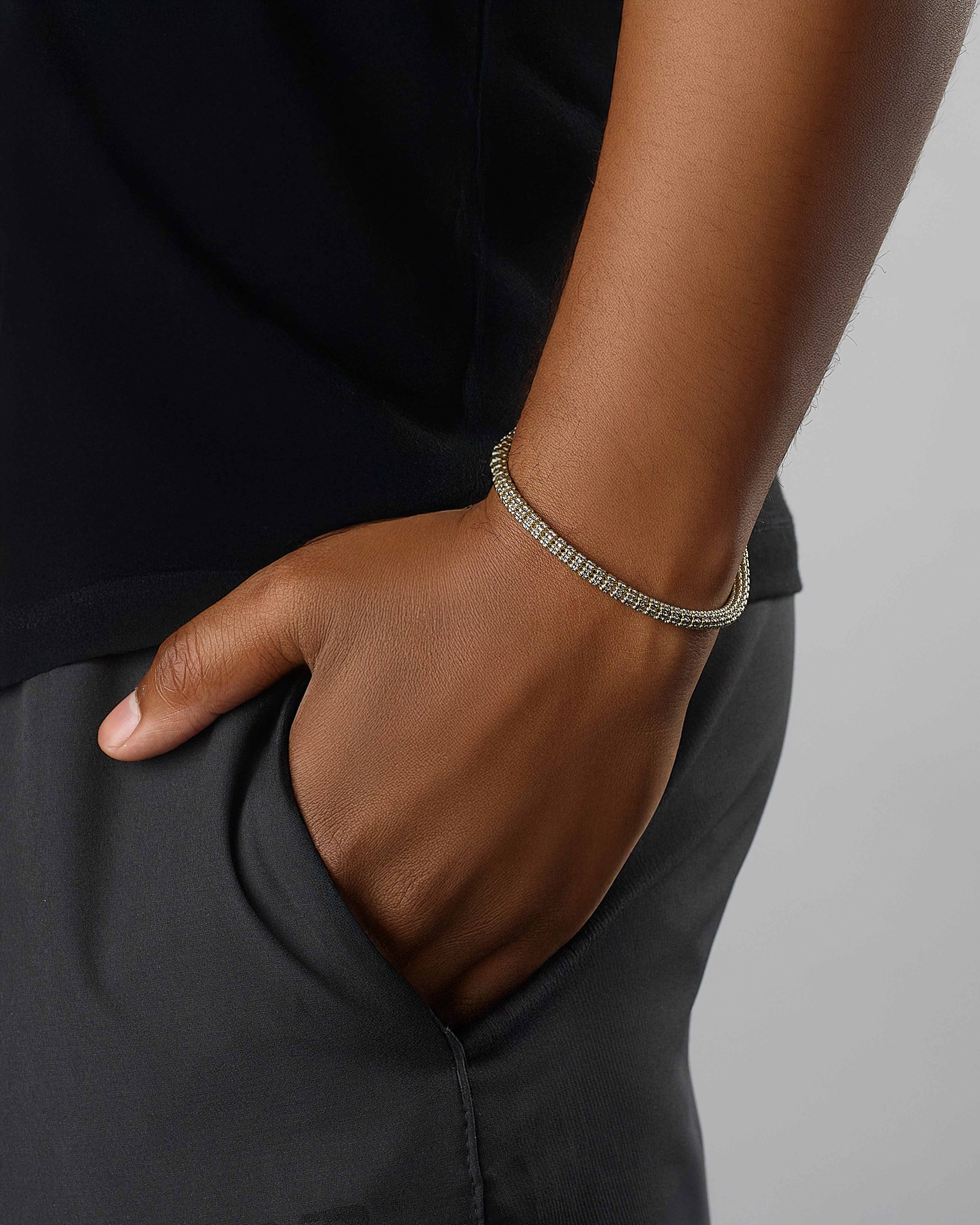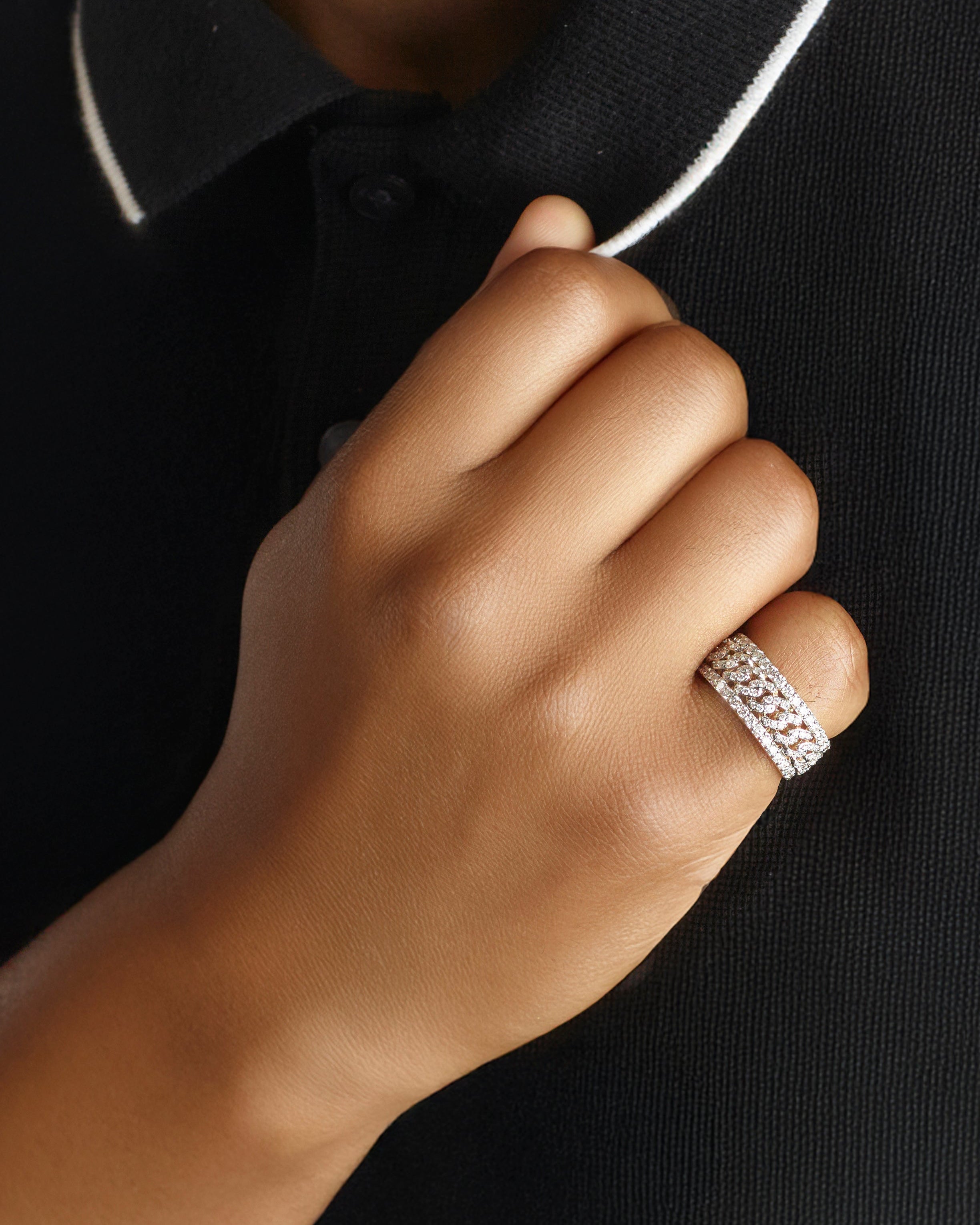Jewelry holds a significant place in Cuban culture, reflecting the island's rich history, diverse influences, and vibrant traditions. From indigenous roots to contemporary designs, Cuban jewelry symbolizes identity, status, and heritage, playing an essential role in various cultural and social practices.
1. Historical Significance
a. Indigenous Beginnings
- The indigenous Taíno people, who inhabited Cuba before Spanish colonization, created jewelry from natural materials such as shells, bones, and stones. These pieces often held spiritual and ceremonial importance.
b. Colonial Era
- Spanish colonization introduced European styles and materials, such as gold and silver, to Cuban jewelry. The blend of indigenous and European influences led to unique designs that are still evident in contemporary Cuban jewelry.
c. African Influence
- The African slaves brought to Cuba contributed significantly to the island’s cultural tapestry, including its jewelry. African-inspired designs and materials, such as beads and cowrie shells, became integral to Cuban adornment.
2. Cultural and Social Symbolism
a. Expressions of Identity
- Jewelry in Cuba is a powerful expression of personal and cultural identity. Pieces often reflect a wearer's heritage, beliefs, and social status.
b. Status and Wealth
- Historically, jewelry has been a symbol of wealth and social status in Cuba. Gold chains, bracelets, and rings are often worn to signify prosperity and success.
c. Religious Significance
- Jewelry plays a crucial role in Santería, a syncretic religion practiced in Cuba. Santería followers wear specific pieces, such as beaded necklaces (elekes) and bracelets, that represent their devotion to particular deities (orishas). These items are believed to offer protection and guidance.
3. Traditional Jewelry Styles
a. Cuban Link Chain
- The Cuban link chain, also known as the Miami Cuban link, is perhaps the most iconic piece of Cuban jewelry. Its thick, interlocking links symbolize strength and unity. This style has gained international popularity, especially in hip-hop culture.
b. Gold Jewelry
- Gold is a favored material in Cuban jewelry, often used to create rings, bracelets, earrings, and necklaces. The preference for gold reflects both aesthetic appeal and its historical association with wealth and power.
c. Filigree Work
- Filigree, a delicate form of metalwork, is another traditional style in Cuban jewelry. This intricate technique, which involves twisting fine metal threads into elaborate designs, showcases the craftsmanship and artistry of Cuban jewelers.
4. Jewelry in Celebrations and Rituals
a. Quinceañera
- The quinceañera, a celebration of a girl's 15th birthday, is a significant event in Cuban culture. Jewelry, such as tiaras, earrings, and necklaces, plays a vital role in the ceremony, symbolizing the transition from childhood to womanhood.
b. Weddings
- Jewelry is an essential part of Cuban wedding traditions. Brides often wear family heirlooms or specially crafted pieces, such as gold rings and necklaces, to symbolize love, unity, and continuity.
c. Religious Ceremonies
- In addition to Santería, other religious practices in Cuba incorporate jewelry. For example, during Catholic ceremonies like baptisms and confirmations, participants often receive and wear special religious medals and crosses.
5. Contemporary Trends and Influences
a. Modern Cuban Designers
- Contemporary Cuban jewelry designers are gaining recognition for their innovative and stylish creations. They blend traditional elements with modern aesthetics, creating pieces that appeal to both local and international markets.
b. Global Influence
- Cuban jewelry has influenced and been influenced by global fashion trends. The Cuban link chain, for example, has become a staple in urban and hip-hop fashion worldwide.
c. Preservation of Tradition
- Despite modern influences, there is a strong movement to preserve traditional Cuban jewelry-making techniques. Artisans continue to create pieces that honor the island's rich heritage and cultural identity.
Conclusion
Jewelry in Cuban culture is much more than mere adornment; it is a profound expression of identity, heritage, and tradition. From its historical roots to its role in contemporary society, Cuban jewelry embodies the island’s diverse cultural influences and social values. Whether worn for daily expression, special celebrations, or religious devotion, these pieces continue to hold significant meaning and connect Cubans to their rich cultural legacy.
For those interested in exploring exquisite Cuban-inspired jewelry and contemporary designs that honor traditional craftsmanship, I highly recommend checking out Oscar Stone Jewelry. Known for their unique and elegant pieces, Oscar Stone Jewelry blends timeless elegance with modern flair, ensuring that each piece is not only beautiful but also a reflection of cultural heritage and exceptional artistry. Visit Oscar Stone Jewelry to discover their stunning collections.



